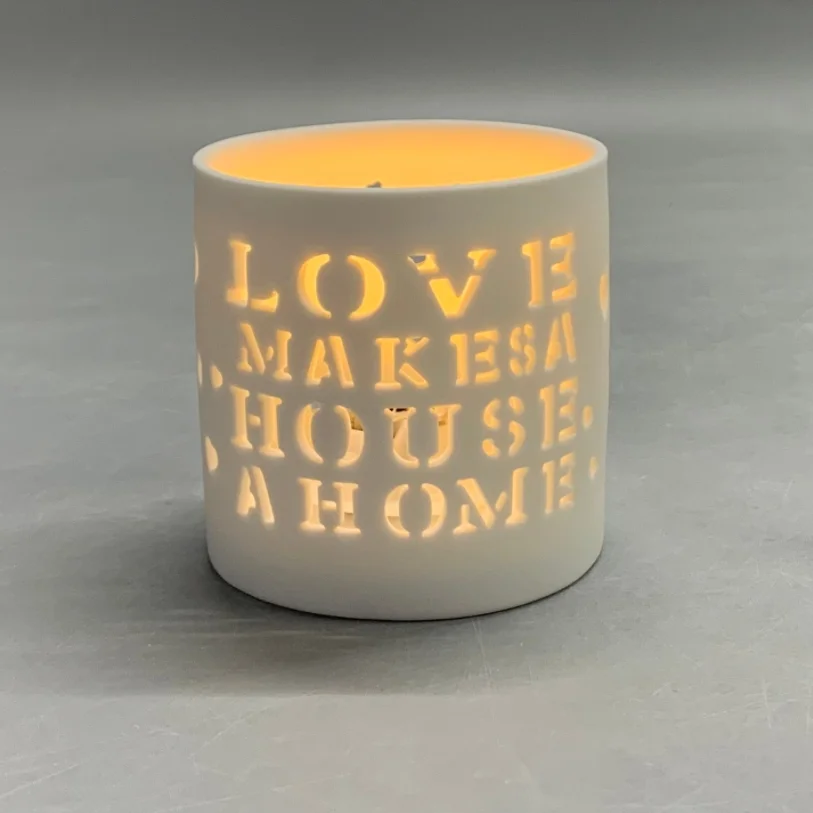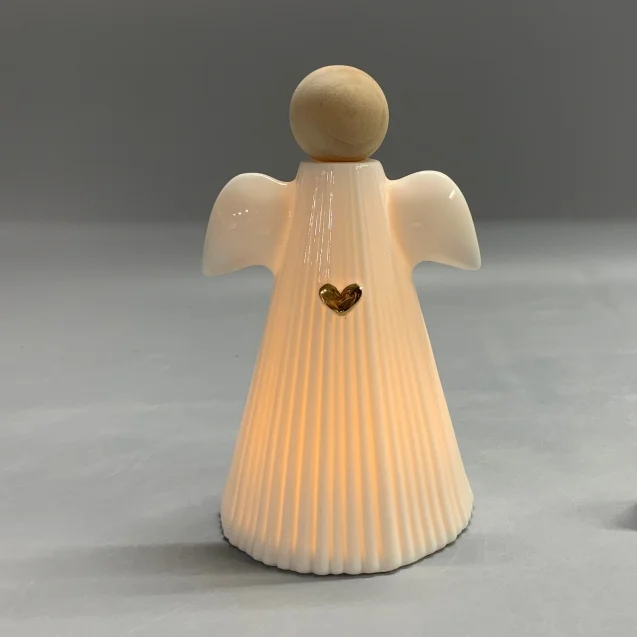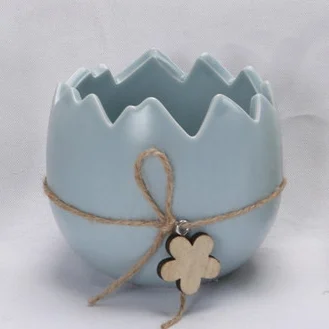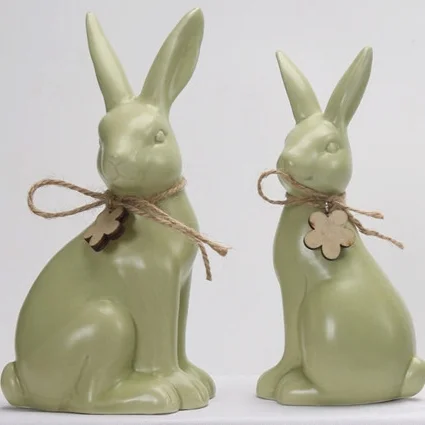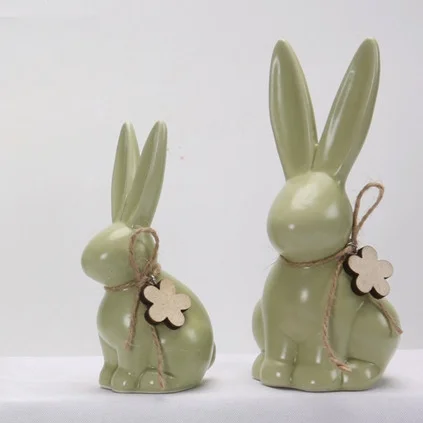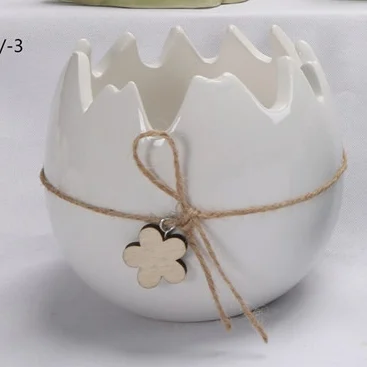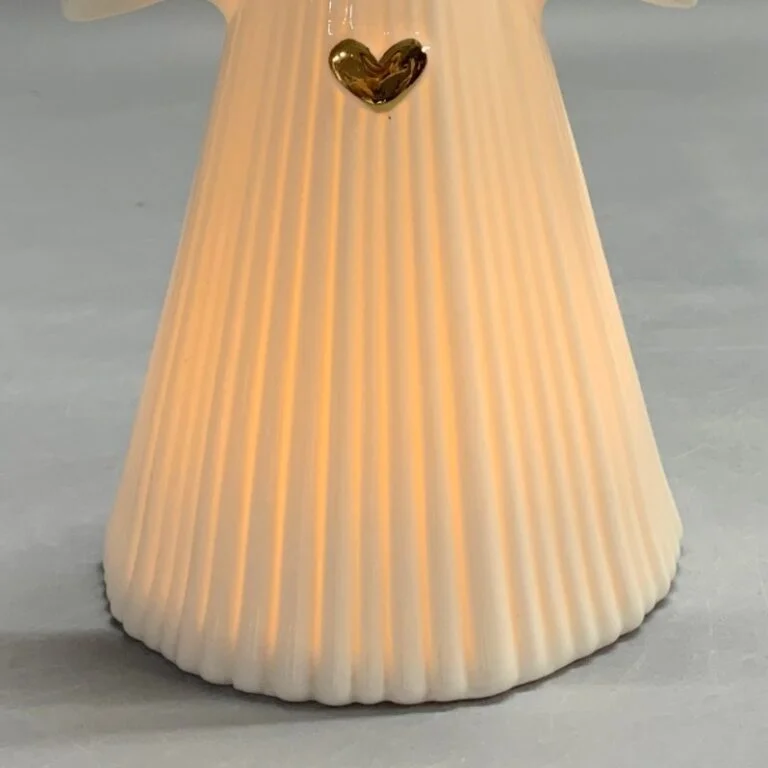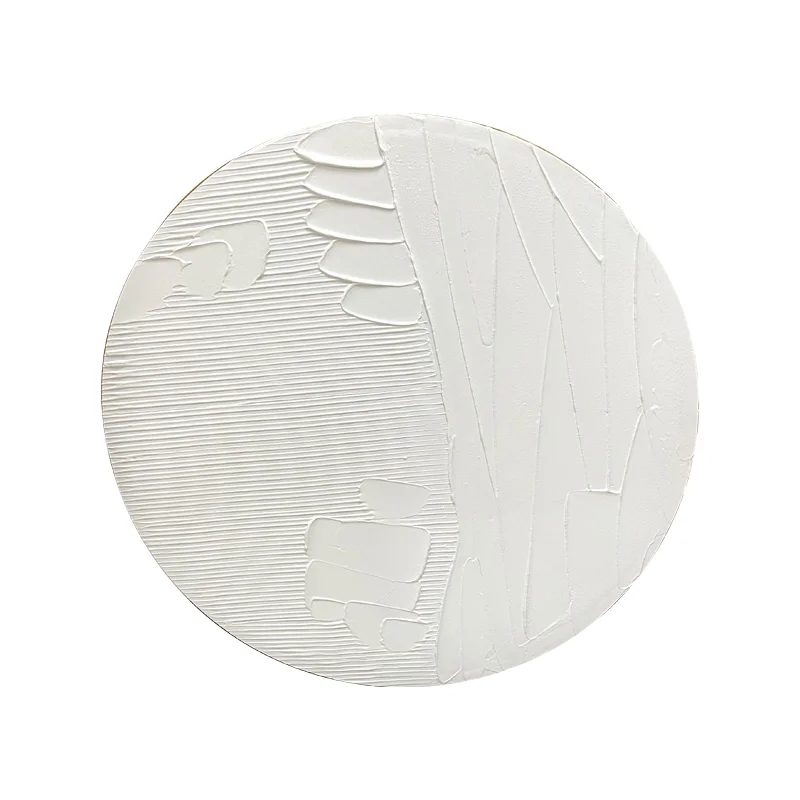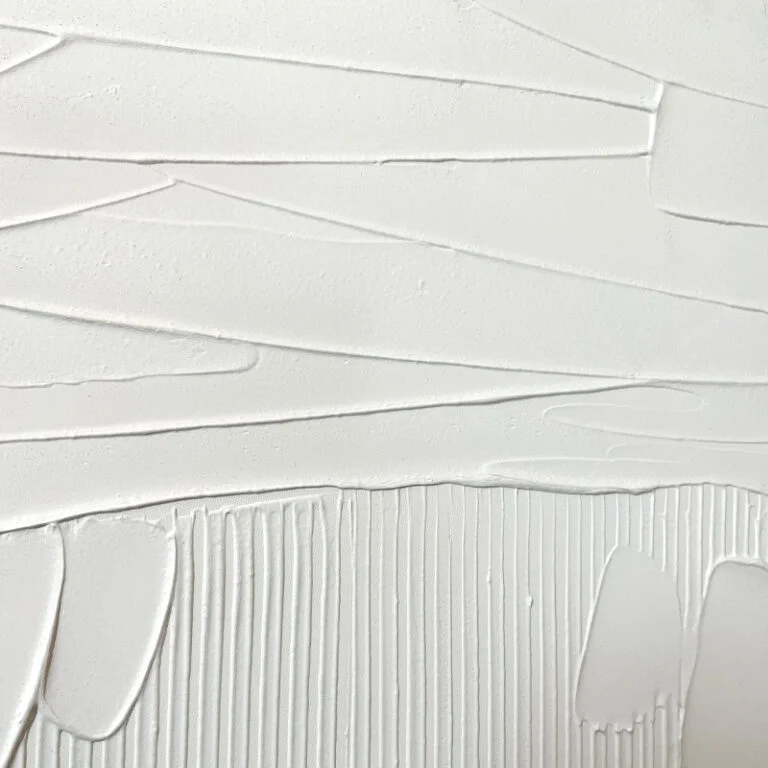Ceramic rabbit statue
Ceramic Rabbit Statues: A Detailed Guide
1. Cultural and Symbolic Significance
-
Chinese Tradition: In Chinese culture, rabbits symbolize intelligence, longevity (e.g., the Jade Rabbit of the Moon), and fertility. Ceramic rabbit statues are often displayed as auspicious decor, especially during the Year of the Rabbit or Mid-Autumn Festival.
-
Western Culture: In the West, rabbits are associated with Easter, representing rebirth. Ceramic rabbits are commonly used as festive decorations (e.g., Easter table centerpieces).
-
Feng Shui: The rabbit, linked to the “Mao Wood” element in Feng Shui, is believed to enhance harmony and relationships when placed in the east or bedroom.
2. Artistic and Craftsmanship Features
-
Material: Typically made from high-fired ceramic clay with a glazed finish, resulting in a smooth texture. Some designs use unglazed stoneware or matte techniques.
-
Styles:
-
Realistic: Lifelike details, often seen in European porcelain brands (e.g., Germany’s Meissen).
-
Abstract/Cartoonish: Modern designs with vibrant colors, ideal for home decor.
-
Traditional Craftsmanship: Chinese kilns (e.g., Jingdezhen, Dehua) may incorporate blue-and-white or famille rose techniques.
-
-
Notable Brands: Lladró (Spanish porcelain), Royal Copenhagen (Danish ceramics), and others offer iconic animal figurines.
3. Collecting and Purchasing Tips
-
Age & Artist: Antique ceramic rabbits (e.g., Qing Dynasty famille rose pieces) require authentication of markings, glaze, and body. Modern signed editions by artists hold higher value.
-
Condition Check: Inspect for even glaze, cracks (intentional “crackle” vs. damage), and a stable base.
-
Pricing: Ranges from affordable machine-made pieces (~$10) to high-end handmade sculptures (thousands of dollars), with intricate hand-painting increasing value.
4. Usage and Display Ideas
-
Home Decor: Small figurines suit bookshelves or entryways; larger statues act as statement pieces in living rooms.
-
Gift-Giving: Symbolic rabbits make meaningful gifts for children (academic success), couples (fertility), or elders (longevity).
-
Seasonal Themes: Limited-edition Easter or Lunar New Year designs are popular holiday collectibles.
5. Maintenance and Care
-
Cleaning: Wipe gently with a soft cloth; use diluted neutral cleaner for stubborn stains. Avoid abrasive tools.
-
Storage: Keep away from direct sunlight (prevents fading) and humidity (prevents glaze cracks).
-
Repairs: Use ceramic epoxy for minor fixes; consult professionals for valuable antiques.
